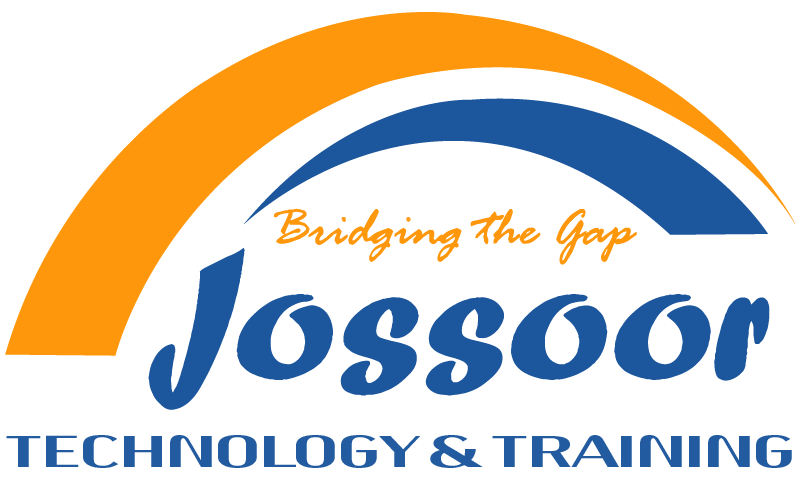Educational Technology ( Its Importance, Benefits, and Cautions )
Educational technology is a rapidly evolving field that leverages technology to enhance the quality and efficiency of the educational process. It encompasses a wide range of tools and software, from computers and educational applications to the internet, smart devices, and interactive platforms. This technology plays a crucial role in facilitating access to information and providing personalized, integrated learning experiences for learners at various educational stages.

Importance of Educational Technology
Educational technology is a cornerstone of modern educational systems, offering significant improvements in the quality and effectiveness of education. Its importance can be summarized as follows:
Enhancing Access to Information
Educational technology provides diverse learning resources that are accessible anytime and anywhere, enabling learners to quickly and efficiently acquire information.
Boosting Interaction and Engagement
Interactive tools such as smart boards, educational apps, and e-learning platforms increase student participation and engagement, enhancing comprehension and retention.
Personalizing Learning
Technology enables the creation of customized educational programs tailored to each student’s needs, fostering tangible academic progress for every learner.
Developing 21st-Century Skills
Educational technology nurtures critical thinking, collaboration, creativity, and problem-solving skills, all of which are essential for success in the digital age.
Supporting Lifelong Learning
Technology empowers learners to continue learning beyond traditional classrooms, promoting lifelong learning.
Benefits of Educational Technology
Educational technology not only improves education quality but also provides a host of benefits, including:
Blended Learning
Blended learning combines traditional classroom instruction with online learning, allowing students to benefit from the best of both approaches.
Enhancing Educational Efficiency
Technology streamlines time management and improves the efficiency of educational processes by offering tools for planning, organizing curricula, and managing activities.
Improving Student Engagement
Interactive applications and educational games increase student engagement with academic content, making learning more enjoyable and effective.
Providing a Safe Learning Environment
E-learning tools create a safe educational environment that caters to students’ needs, including remote learning during emergencies such as the COVID-19 pandemic.
Advancing Virtual Learning
Virtual reality (VR) and augmented reality (AR) technologies offer unique, immersive educational experiences that help students better understand complex concepts.
Cautions in Using Educational Technology
Despite its many benefits, educational technology comes with challenges that must be addressed to ensure its safe and effective use:
The Digital Divide
Significant disparities in access to technology between urban and rural students create a digital divide, hindering equal educational opportunities.
Electronic Device Addiction:
Overuse of electronic devices can lead to issues such as addiction, attention disorders, and weakened social relationships.
Digital Security and Privacy
Protecting students’ data and ensuring privacy are critical concerns, necessitating stringent measures to safeguard personal information.
Content Quality and Credibility
Verifying the quality and credibility of online educational content is essential, as unregulated access may lead to unreliable or low-quality information.
Teacher Training
Adequate training for teachers on effectively using educational technology is crucial to maximizing its benefits.
Educational technology offers an excellent opportunity to enhance and modernize the educational process to meet the challenges of the 21st century. By improving access to information, boosting engagement, and personalizing learning, it can significantly benefit learners. However, addressing the associated challenges is essential to ensuring a safe and effective educational experience. The success of educational technology depends on striking a balance between leveraging its advantages and overcoming its obstacles.
